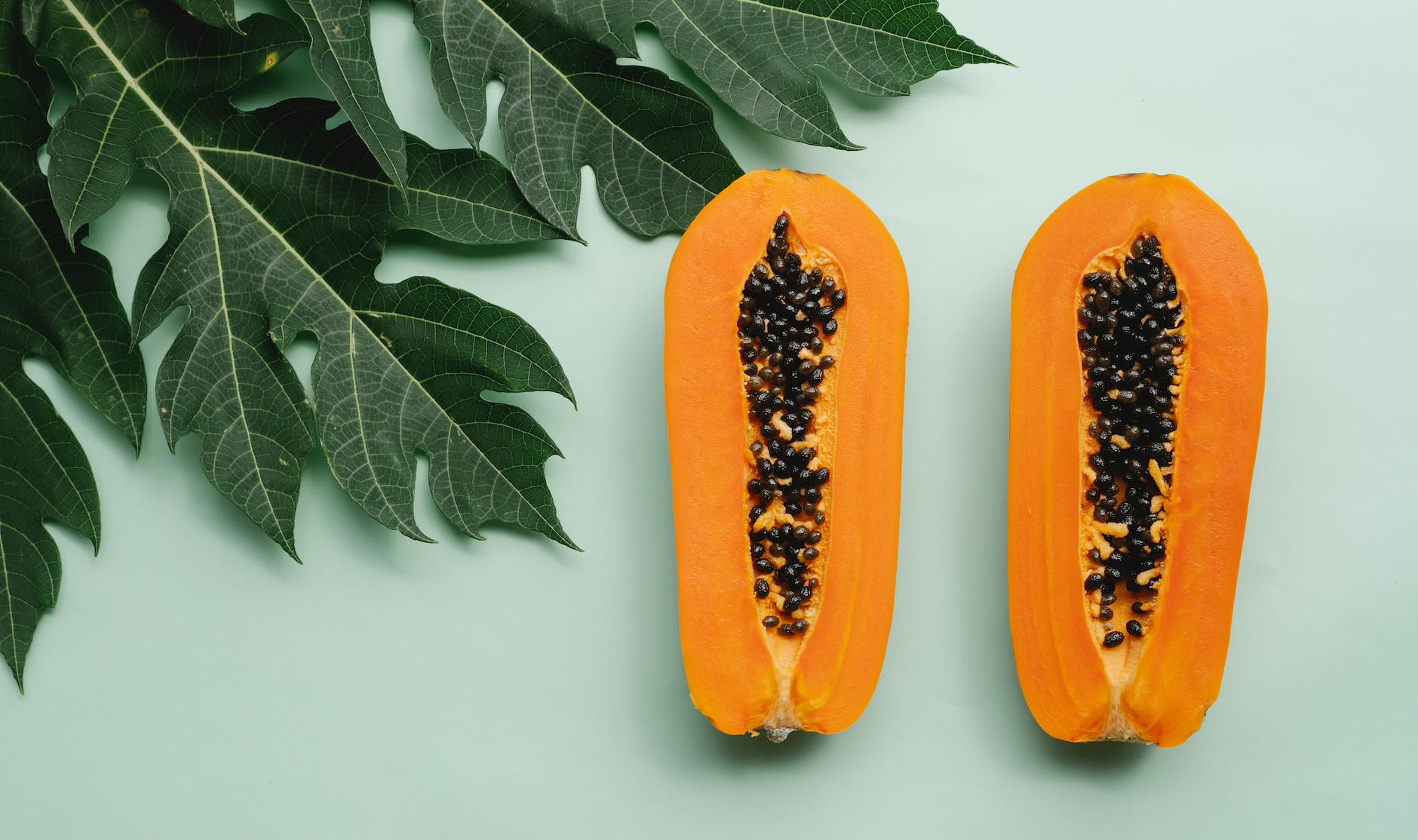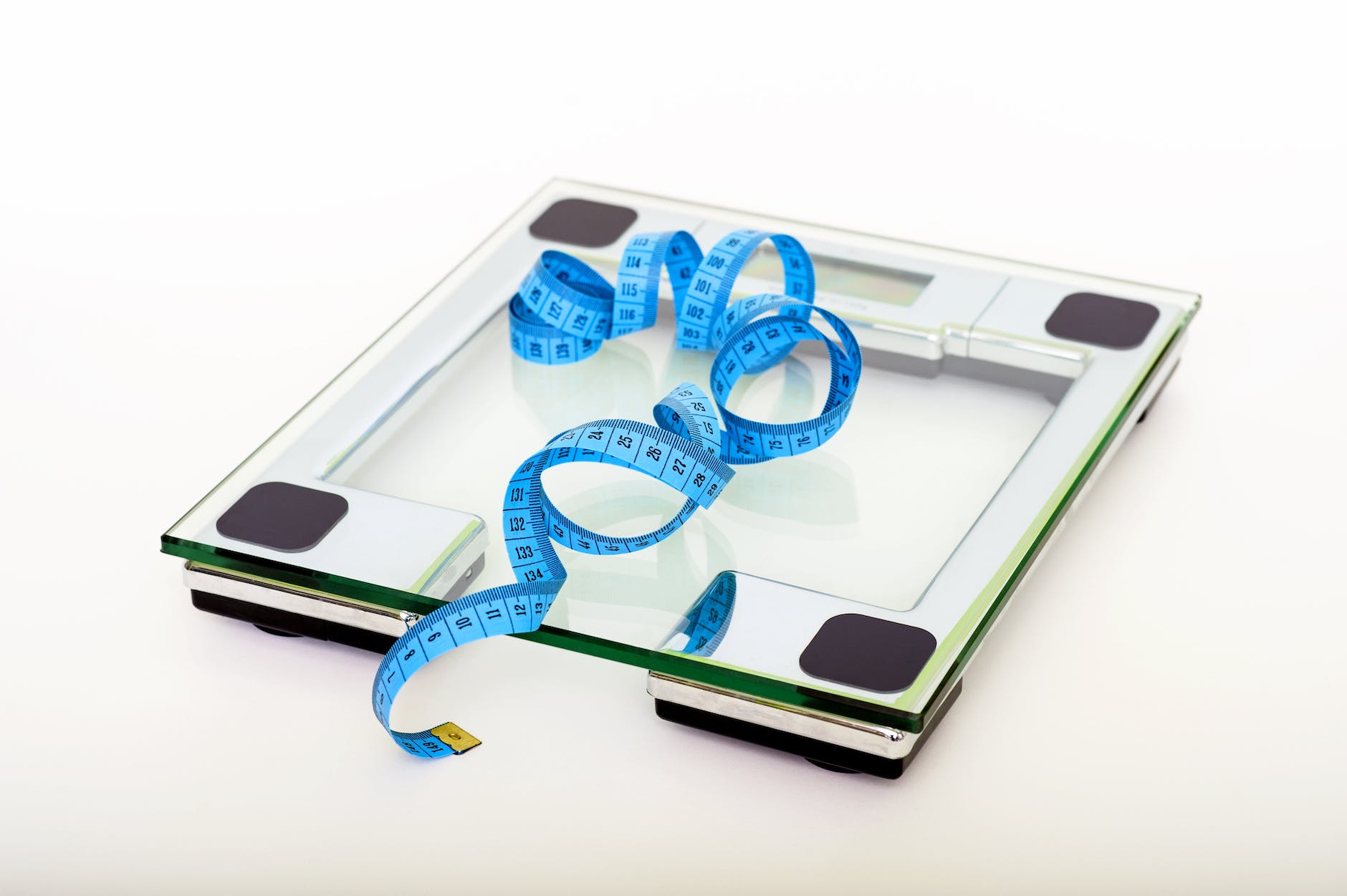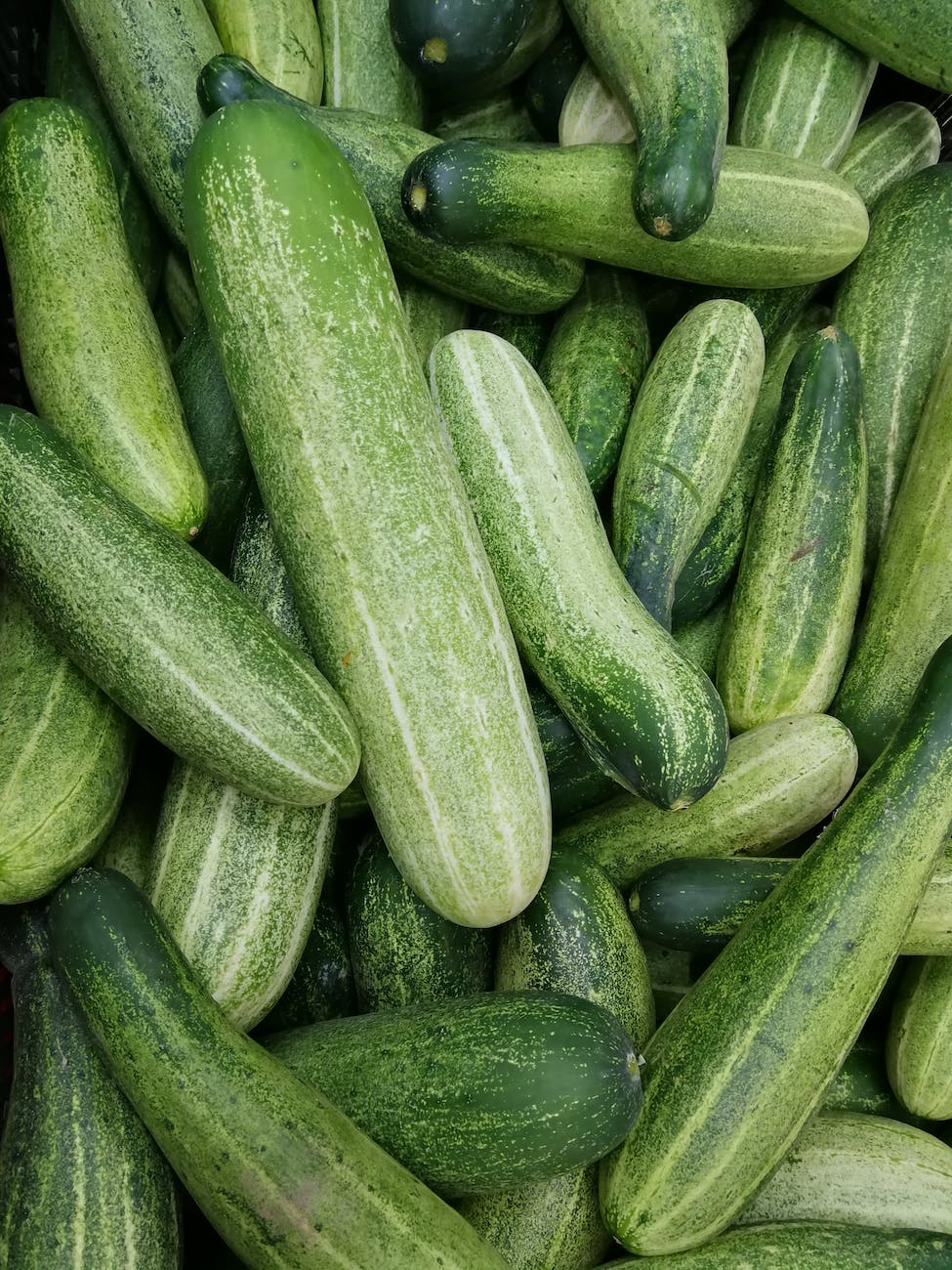
Collagen, the superstar protein in our bodies, is the secret ingredient behind our skin’s elasticity, our hair’s strength, and our joints’ mobility. As we age, our bodies’ collagen production slows down, leading to signs of aging like wrinkles and joint discomfort. But fear not! By incorporating certain foods into your diet, you can give your body’s collagen production a natural boost. Let’s dive into the world of collagen-boosting foods and discover how they can help you maintain youthful skin, luscious hair, and overall health.
🥩🍗 1. Animal-Based Collagen Boosters
Beef Bone Broth
Beef bone broth is a collagen powerhouse. It’s packed with collagen type I, which is vital for skin, hair, and nail health. Sip on some warm beef bone broth or incorporate it into your soups and stews for a collagen kick.
Skin-On Chicken
Chicken, particularly the skin, is a fantastic source of collagen. So, next time you’re roasting or grilling chicken, leave the skin on for that extra collagen boost.
Fatty Fish
Fatty fish like salmon, mackerel, and tuna are not only delicious but also rich in omega-3 fatty acids, which can help maintain skin health and stimulate collagen production.
🌱🥦 2. Plant-Based Collagen Boosters
Spirulina
Spirulina, a type of blue-green algae, is a superfood that can stimulate your body’s collagen production. It’s nutrient-dense and can be easily added to smoothies or salads.
Citrus Fruits
Citrus fruits are bursting with vitamin C, a key player in collagen synthesis. Some of the top citrus fruits include:
- Oranges 🍊
- Lemons 🍋
- Grapefruits 🍈
- Limes
- Tangerines
- Pomelos
Berries
Berries are not only scrumptious but also packed with antioxidants and vitamin C, both of which promote collagen production. Here are some berries to consider:
- Strawberries 🍓
- Raspberries
- Blueberries
- Blackberries
- Acai berries
- Goji berries
Tomatoes
Tomatoes are a treasure trove of lycopene, an antioxidant that protects your skin from damage, and vitamin C, which boosts collagen production.
Green Vegetables
Green vegetables are high in vitamin C and antioxidants, both of which are essential for collagen production. Some green veggies to consider are:
- Spinach
- Kale
- Broccoli 🥦
- Brussels sprouts
- Green bell peppers
Nuts and Seeds
Nuts and seeds are packed with nutrients that can help boost collagen production, including protein, omega-3 fatty acids, and antioxidants. Some to consider are:
- Almonds
- Walnuts
- Chia seeds
- Flax seeds
- Pumpkin seeds
Dark Chocolate
Dark chocolate is rich in antioxidants that can protect your skin from damage and boost collagen production. Plus, it’s a delicious treat!
Carrots
Carrots are high in vitamin A, which can stimulate collagen production and slow down its breakdown.
Green Tea
Green tea is packed with antioxidants, which can protect your skin from damage, promote skin health, and boost collagen production.
🍽️🥗 3. Collagen-Boosting Recipes
Citrus Berry Smoothie
Blend together your favorite citrus fruits and berries for a delicious, collagen-boosting smoothie. Add a spoonful of spirulina for an extra boost.
Chicken Salad with Spinach and Almonds
Combine skin-on chicken, spinach, and almonds for a salad that’s packed with collagen-boosting nutrients.
Beef Bone Broth Soup
Simmer beef bones with your favorite vegetables and herbs to make a collagen-rich soup that’s good for your skin and your soul.
🤔 FAQs
Q: What are collagen-boosting foods? A: Collagen-boosting foods are foods that either contain collagen or promote its production in the body. These include bone broth, skin-on chicken, citrus fruits, berries, green vegetables, fatty fish, nuts and seeds, and dark chocolate.
Q: Can eating certain foods boost collagen production? A: Yes, certain foods can boost collagen production. These include foods rich in vitamin C, like citrus fruits and green vegetables, and foods that contain collagen, like bone broth and skin-on chicken.
Q: Are there vegetarian or vegan sources of collagen? A: While there are no plant sources of collagen, certain plant-based foods can help boost collagen production. These include citrus fruits, berries, green vegetables, nuts and seeds, and dark chocolate.
Q: Can collagen-boosting foods improve skin health? A: Yes, collagen-boosting foods can improve skin health by increasing collagen production, which can help maintain skin elasticity and strength, reduce wrinkles, and promote overall skin health.
Q: What are the benefits of collagen for skin and hair? A: Collagen helps maintain skin elasticity and strength, reduce wrinkles, and promote overall skin health. It also plays a crucial role in maintaining healthy hair and nails.
Remember, while these foods can help boost collagen production, it’s also essential to maintain a balanced diet and healthy lifestyle for overall well-being. Enjoy these collagen-boosting foods as part of a varied and balanced diet.
Stay healthy, stay glowing! 🌟
Blog Tags: Collagen, Skin Health, Hair Health, Bone Broth, Citrus Fruits, Berries, Green Vegetables, Fatty Fish, Nuts and Seeds, Dark Chocolate, Healthy Diet, Nutrition, Wellness, Beauty, Anti-Aging, Natural Remedies.












